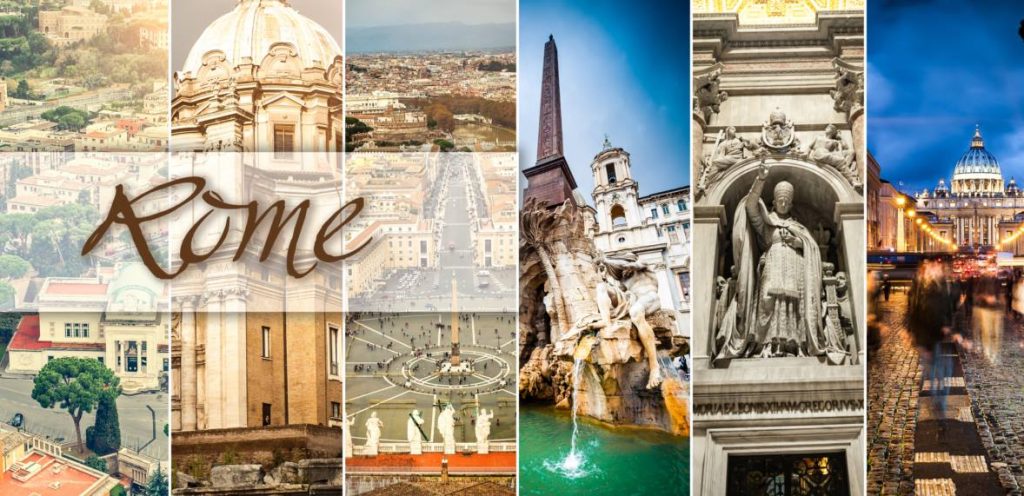
As the old adage goes, Rome wasn’t built in a day - the history of ancient Rome going from a village to the Eternal City is long and complex. Ancient Rome is one of the most fascinating examples of a powerful ancient empire with an extensive legacy. So, let’s go through the most important facts about the Roman Empire.
Ancient Rome is famous for its political, social, and military institutions that allowed the empire to conquer large parts of European and Northern African land. The Roman people spread their language (Latin) far and wide and built roads and aqueducts, some of which still exist today.
The Ancient Romans were the founders of Western civilization. Many Western countries today inherited their languages, cultural customs, laws, political systems, technology, and architecture from the Roman Empire.
The famous story of the founding of ancient Rome starts with the two brothers, Romulus and Remus. Abandoned by the banks of the river Tiber, a she-wolf found and fed them. Following the murder of his brother Remus, Romulus founded Rome.
The Ancient Roman civilization was polytheistic and worshipped many gods and goddesses. In fact, they had a deity for every aspect of their lives. The most powerful Roman deities were Jupiter, Juno, and Minerva.
The huge military success of the Roman Empire came from their strong and well-trained army divided into legionaries (Roman citizens) and auxiliaries (non-citizens). The legionaries were further divided into units of around 5,000 men.
The earliest instances of hostility towards Christianity happened during Emperor Nero’s rule around AD 64. At some point in the history of ancient Rome, professing the Christian faith was punishable by death.
Some of the roads built in the glorious days of ancient Rome are still in use today. For example, the Appian Way still connects Rome to southern parts of Italy. With their strong concrete foundations and drainage systems, the Romans made their roads durable for centuries.
Aqueducts were artificial channels designed like bridges and structured to convey water. Their name is derived from the Latin words ‘aqua’ and ‘ducere,’ which means ‘lead water.’ Some aqueducts, such as Pont du Gard in Southern France, still function today.
Unlike modern societies, ancient Romans regarded bathing as a communal activity and did it in public city baths, such as the baths of Basilica. Men and women had separate times and facilities for bathing, though.
Instead of tables and chairs, ancient Romans used their couches for dining. They would just lean on their left arm and bring food to their mouths with the right one.
The ammonia in urine is a powerful bleaching agent, which is why ancient Romans would wash their clothes in the content of public urinals.
Thousands of people would flock to the famous amphitheater to enjoy the most controversial form of entertainment - gladiator fights.
Located between the Palatine and Capitoline heels, the Roman Forum was the center of the ancient Roman Empire. Today, it is the biggest inner-city archaeological site in the world. Here are the top 3 facts about this political, commercial, civic, and religious city center:
Today, the city of Rome is the capital of Italy and the home to around three million people. The historical remnants of the Roman Empire, such as the Roman Forum and the Colosseum, still attract many visitors. The influence of ancient Rome is present in many cultures and areas of public life, from law and democracy to sports stadiums whose design is inspired by the Colosseum.